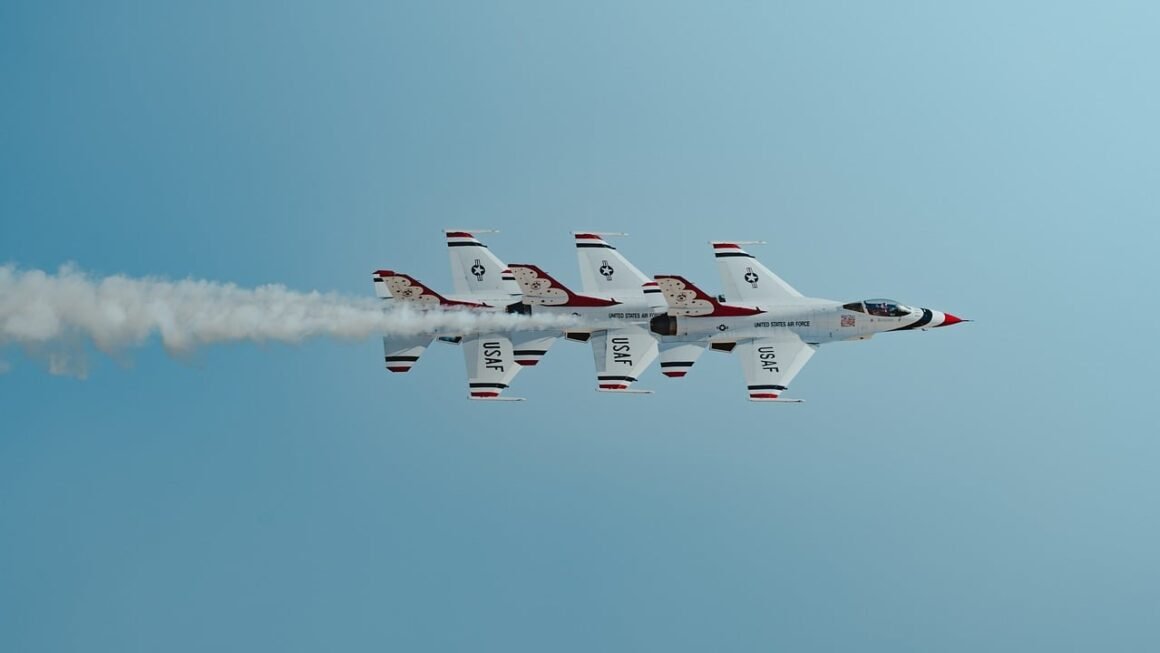Imagine a world where machines can “see” and interpret the world around them just like humans do. This isn’t science fiction anymore; it’s the reality powered by computer vision, a rapidly evolving field transforming industries and everyday life. From self-driving cars to medical diagnoses, computer vision is revolutionizing how we interact with technology and the world. This blog post delves deep into the world of computer vision, exploring its fundamental principles, key applications, and future trends.
What is Computer Vision?
Defining Computer Vision
Computer vision is an interdisciplinary field of artificial intelligence (AI) that enables computers to “see,” interpret, and understand images and videos. It aims to give machines the ability to extract meaningful information from visual inputs, much like the human visual system. Unlike simple image processing, computer vision goes beyond mere manipulation; it focuses on understanding and interpreting the content of the image.
- Core Goal: To automate tasks that the human visual system can do.
- Disciplines Involved: Computer science, mathematics, statistics, and engineering.
- Data Types: Images, videos, and 3D data.
How Computer Vision Works
Computer vision systems typically follow a multi-stage process:
Key Computer Vision Techniques
Several techniques are fundamental to computer vision:
- Image Recognition: Identifying objects, people, places, and actions in images. Example: facial recognition on smartphones.
- Object Detection: Locating specific objects within an image or video. Example: pedestrian detection in autonomous vehicles.
- Image Segmentation: Partitioning an image into multiple regions or segments. Example: identifying tumors in medical images.
- Facial Recognition: Identifying or verifying a person from a digital image or video frame. Example: unlocking devices with face ID.
- Motion Analysis: Tracking the movement of objects or people in a video. Example: analyzing player movements in sports.
- Pattern Recognition: Identifying recurring patterns in data to classify or predict outcomes. Example: identifying fraudulent transactions.
Applications of Computer Vision
Healthcare
Computer vision is revolutionizing healthcare by enabling more accurate diagnoses and treatments:
- Medical Image Analysis: Detecting anomalies in X-rays, MRIs, and CT scans. Example: Identifying cancerous tumors with high accuracy. Studies show computer vision can improve diagnostic accuracy by up to 30% in certain applications.
- Robot-Assisted Surgery: Guiding surgical robots to perform precise procedures. Example: Performing minimally invasive surgeries with enhanced precision.
- Drug Discovery: Analyzing microscopic images to identify potential drug candidates.
- Patient Monitoring: Monitoring patients remotely using cameras and sensors. Example: Detecting falls in elderly patients.
Automotive
Self-driving cars are a prime example of computer vision in action:
- Autonomous Navigation: Enabling vehicles to perceive their surroundings and navigate without human intervention. Example: Tesla’s Autopilot system.
- Pedestrian Detection: Identifying and avoiding pedestrians and cyclists. Crucial for safety and preventing accidents.
- Lane Keeping Assistance: Keeping vehicles within their lane by detecting lane markings.
- Traffic Sign Recognition: Identifying and interpreting traffic signs to adhere to regulations.
Retail
Computer vision is transforming the retail experience for both customers and businesses:
- Automated Checkout: Allowing customers to scan and pay for items without human assistance. Example: Amazon Go stores.
- Inventory Management: Tracking inventory levels and optimizing product placement. Computer vision can automate inventory checks, reducing errors and improving efficiency by up to 40%.
- Customer Behavior Analysis: Understanding customer preferences and shopping patterns. Example: Analyzing foot traffic patterns in stores.
- Personalized Recommendations: Providing customers with tailored product recommendations.
Manufacturing
Computer vision enhances efficiency and quality control in manufacturing processes:
- Quality Inspection: Identifying defects in products on the production line. Example: Detecting flaws in electronic components.
- Robot Guidance: Guiding robots to perform tasks with precision and accuracy. Example: Assembling intricate parts with robotic arms.
- Predictive Maintenance: Analyzing images and videos to predict equipment failures.
- Safety Monitoring: Ensuring worker safety by detecting hazardous situations.
Agriculture
Computer vision helps optimize farming practices and increase crop yields:
- Crop Monitoring: Assessing the health and growth of crops using drones and satellite imagery. Example: Detecting disease in plants early on.
- Automated Harvesting: Using robots to harvest crops efficiently.
- Precision Irrigation: Optimizing water usage by monitoring soil moisture levels.
- Weed Detection: Identifying and removing weeds automatically.
Tools and Technologies
Programming Languages and Libraries
- Python: The most popular programming language for computer vision due to its ease of use and extensive libraries.
- OpenCV: An open-source library with a wide range of functions for image processing and computer vision.
- TensorFlow: A machine learning framework developed by Google, widely used for deep learning-based computer vision tasks.
- PyTorch: Another popular machine learning framework, known for its flexibility and ease of use.
- Scikit-learn: A machine learning library that provides tools for classification, regression, and clustering.
Hardware
- Cameras: High-resolution cameras are essential for capturing detailed images and videos.
- GPUs (Graphics Processing Units): GPUs are used to accelerate the training of deep learning models.
- TPUs (Tensor Processing Units): Specialized hardware accelerators designed for TensorFlow workloads.
- Edge Devices: Embedded systems and devices that can perform computer vision tasks in real-time, such as security cameras and drones.
Datasets
- ImageNet: A large dataset of labeled images used for training and evaluating image recognition models.
- COCO (Common Objects in Context): A dataset for object detection, segmentation, and captioning.
- MNIST: A dataset of handwritten digits used for training image classification models.
- Kaggle Datasets: A platform that hosts a variety of datasets for computer vision and other machine learning tasks.
Challenges and Future Trends
Current Challenges
- Data Dependency: Deep learning models require large amounts of labeled data to train effectively.
- Computational Cost: Training and deploying computer vision models can be computationally expensive.
- Robustness: Computer vision systems can be vulnerable to changes in lighting, viewpoint, and occlusions.
- Bias: Training data can contain biases that affect the accuracy and fairness of computer vision systems.
Future Trends
- Edge Computing: Deploying computer vision models on edge devices to enable real-time processing and reduce latency.
- Explainable AI (XAI): Developing models that provide insights into their decision-making process, increasing transparency and trust.
- Self-Supervised Learning: Training models using unlabeled data, reducing the need for large amounts of labeled data.
- 3D Computer Vision: Developing systems that can understand and reason about 3D scenes.
- AI-powered Visual Search: Enhancing search engines with the ability to understand and search for images visually.
Conclusion
Computer vision is a powerful and transformative field with a wide range of applications across various industries. As technology continues to advance, computer vision will become even more integral to our daily lives, driving innovation and solving complex problems. By understanding the fundamental principles, key applications, and future trends of computer vision, you can better appreciate its potential and contribute to its ongoing evolution.



